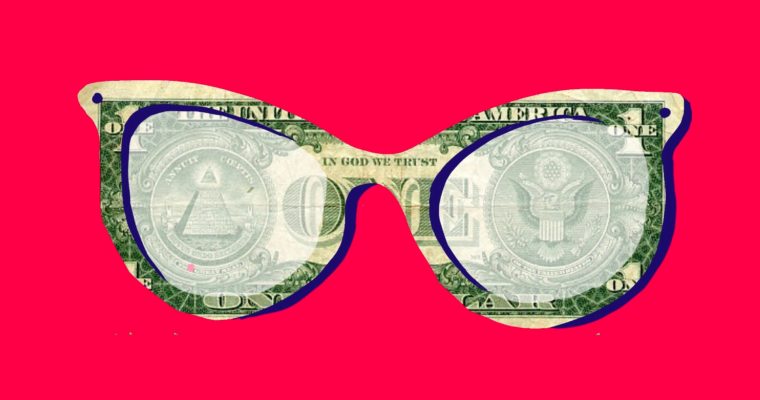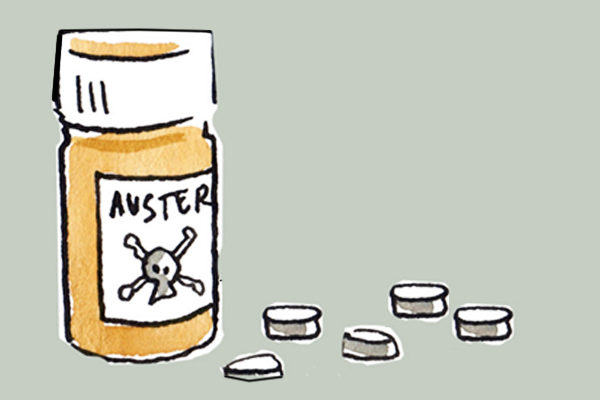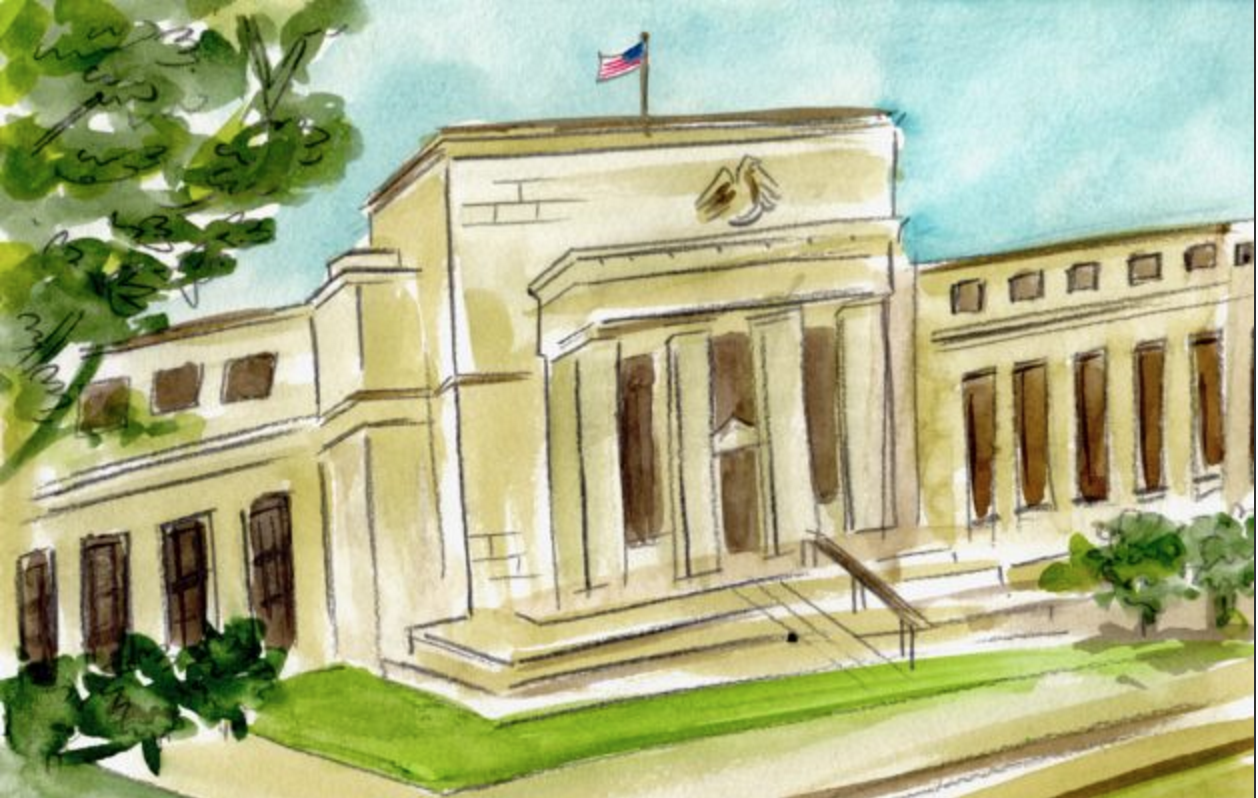A Tribute to Value Investing
“Investors persist in trading despite their dismal long-run trading record partly because the argument seduces them that because prices are as likely to go up as down (or as likely to go down as up), trading based on purely random selection rules will produce neutral performance… Apparently, this idea is alluring; nonetheless, it is wrong. The key to understanding the fallacy is the market-maker.”
–Jack Treynor (using Walter Bagehot as his Pseudonym) in The Only Game In Town.
By Elham Saeidinezhad | Value investing, or alternatively called “value-based dealing,” is suffering its worst run in at least two centuries. The COVID-19 pandemic intensified a decade of struggles for this popular strategy to buy cheap stocks in often unpopular enterprises and sell them when the stock price reverts to “fundamental value.” Such a statement might be a nuisance for the followers of the Capital Asset Pricing Model (CAPM). However, for liquidity whisperers, such as “Money Viewers,” such a development flags a structural shift in the financial market. In the capital market, the market structure moves away from being a private dealing system towards becoming a public one. In this future, the Fed- a government agency- would be the market liquidity provider of the first resort, even in the absence of systemic risk. As soon as there is a security sell-off or a hike in the funding rate, it will be the Fed, rather than Berkshire Hathaway, who uses its balance sheet and increases monetary base to purchase cheap securities from the dealers and absorb the trade imbalances. The resulting expansion in the Fed’s balance sheet, and monetary liabilities, would also alter the money market. The excessive reserve floating around could transform the money market, and the payment system, from being a credit system into a money-centric market. In part 1, I lay out the theoretical reasons blinding CAPM disciples from envisioning such a brave new future. In part 2, I will explain why the value investors are singing their farewell song in the market.
Jack Treynor, initially under the pseudo name Walter Bagehot, developed a model to show that security dealers rely on value investing funds to provide continuous market liquidity. Security dealers are willing to supply market liquidity at any time because they expect value-based dealers’ support during a market sell-off or upon hitting their finance limit. A sell-off occurs when a large volume of securities are sold and absorbed in the balance sheet of security dealers in a short period of time. A finance limit is a situation when a security dealer’s access to funding liquidity is curtailed. In these circumstances, security dealers expect value investors to act as market liquidity providers of near last resort by purchasing dealers excess inventories. It is such interdependence that makes a private dealing system the pillar of market-liquidity provision.
In CAPM, however, such interconnectedness is neither required nor recognized. Instead, CAPM asserts that risk-return tradeoff determines asset prices. However, this seemingly pure intuition has generated actual confusion. The “type” of risk that produces return has been the subject of intense debates, even among the model’s founders. Sharpe and Schlaifer argued that the market risk (the covariance) is recognizably the essential insight of CAPM for stock pricing. They reasoned that all investors have the same information and the same risk preferences. As long as portfolios are diversified enough, there is no need to value security-specific risks as the market has already reached equilibrium. The prices are already the reflection of the assets’ fundamental value. For John Lintern, on the other hand, it was more natural to abstract from business cycle fluctuations (or market risk) and focused on firm-specific risk (the variance) instead. His stated rationale for doing so was to abstract from the noise introduced by speculation. The empirical evidence’s inconsistency on the equilibrium and acknowledging the speculators’ role was probably why Sharpe later shifted away from his equilibrium argument. In his latest works, Sharpe derived his asset pricing formula from the relationship between the return on individual security and the return on any efficient portfolio containing that security.
CAPM might be confused about the kind of risk that matters the most for asset pricing. But its punchline is clear- liquidity does not matter. The model’s central assumption is that all investors can borrow and lend at a risk-free rate, regardless of the amount borrowed or lent. In other words, liquidity provision is given, continuous, and free. By assuming free liquidity, CAPM disregards any “finance limit” for security dealers and downplays the importance of value investing, as a matter of logic. In the CAPM, security dealers have constant and free access to funding liquidity. Therefore, there is no need for value investors to backstop asset prices when dealers reach their finance limit, a situation that would never occur in CAPM’s world.
Jack Treynor and Fischer Black partnered to emphasize value-based dealers’ importance in asset pricing. In this area, both men continued to write for the Financial Analysts Journal (FAJ). Treynor, writing under the pseudonym Walter Bagehot, thinks about the economics of the dealer function in his “The Only Game in Town” paper, and Black responds with his visionary “Toward a Fully Automated Stock Exchange.” At the root of this lifelong dialogue lies a desire to clarify a dichotomy inside CAPM.
Fischer, despite his belief in CAPM, argued that the “noise,” a notion that market prices deviate from the fundamental value, is a reality that the CAPM, built on the market efficiency idea, should reconcile with. He offered a now-famous opinion that we should consider stock prices to be informative if they are between “one-half” and “twice” their fundamental values. Mathematician Benoit Mandelbrot supported such an observation. He showed that individual asset prices fluctuate more widely than a normal distribution. Mandelbrot used this finding, later known as the problem of “fat tails” or too many outliers, to call for “a radically new approach to the problem of price variation.”
From Money View’s perspective, both the efficient market hypothesis and Manderbrot’s “fat tails” hypothesis capture parts of the data’s empirical characterization. CAPM, rooted in the efficient market hypothesis, captures the arbitrage trading, which is partially responsible for asset price changes. Similarly, fat tails, or fluctuations in asset prices, are just as permanent a feature of the data. In other words, in the world of Money View, arbitrage trading and constant deviations from fundamental value go together as a package and as a matter of theoretical logic. Arbitrageurs connect different markets and transfer market liquidity from one market to another. Simultaneously, despite what CAPM claims, their operation is not “risk-free” and exposes them to certain risks, including liquidity risk. As a result, when arbitrageurs face risks that are too great to ignore, they reduce their activities and generate trade imbalances in different markets.
Security dealers who are making markets in those securities are the entities that should absorb these trade imbalances in their balance sheets. At some point, if this process continues, their long position pushes them to their finance limit-a point at which it becomes too expensive for security dealers to finance their inventories. To compensate for the risk of reaching this point and deter potential sellers, dealers reduce their prices dramatically. This is what Mandelbrot called the “fat tails” hypothesis. At this point, dealers stop making the market unless value investors intervene to support the private dealing system by purchasing a large number of securities or block trades. In doing so, they become market liquidity providers of last resort. For decades, value-based dealers used their balance sheets and capital to purchase these securities at a discounted price. The idea was to hold them for a long time and sell them in the market when prices return to fundamental value. The problem is that the value investing business, which is the private dealing system’s pillar of stability, is collapsing. In recent decades, value-oriented stocks have underperformed growth stocks and the S&P 500.
The approach of favoring bargains — typically judged by comparing a stock price to the value of the firm’s assets — has a long history. But in the financial market, nothing lasts forever. In the equilibrium world, imagined by CAPM, any deviation from fundamental value must offer an opportunity for “risk-free” profit somewhere. It might be hard to exploit, but profit-seeking arbitrageurs will always be “able” and “willing” to do it as a matter of logic. Fisher Black-Jack Treynor dialogue, and their admission of dealers’ function, is a crucial step away from pure CAPM and reveals an important fallacy at the heart of this framework. Like any model based on the efficient market hypothesis, CAPM abstracts from liquidity risk that both dealers and arbitragers face.
Money View pushes this dialogue even further and asserts that at any moment, security prices depend on the dealers’ inventories and their daily access to funding liquidity, rather than security-specific risk or market risk. If Fischer Black was a futurist, Perry Mehrling, the founder of “Money View,” lives in the “present.” For Fischer Black, CAPM will become true in the “future,” and he decided to devote his life to realizing this ideal future. Perry Mehrling, on the other hand, considers the overnight funding liquidity that enables the private dealing system to provide continuous market liquidity as an ideal system already. As value investing is declining, Money View scholars should start reimagining the prospect of the market liquidity and asset pricing outside the sphere of the private dealing system even though, sadly, it is the future that neither Fischer nor Perry was looking forward to.
Elham Saeidinezhad is Term Assistant Professor of Economics at Barnard College, Columbia University. Previously, Elham taught at UCLA, and served as a research economist in International Finance and Macroeconomics research group at Milken Institute, Santa Monica, where she investigated the post-crisis structural changes in the capital market as a result of macroprudential regulations. Before that, she was a postdoctoral fellow at INET, working closely with Prof. Perry Mehrling and studying his “Money View”. Elham obtained her Ph.D. from the University of Sheffield, UK, in empirical Macroeconomics in 2013. You may contact Elham via the Young Scholars Directory


